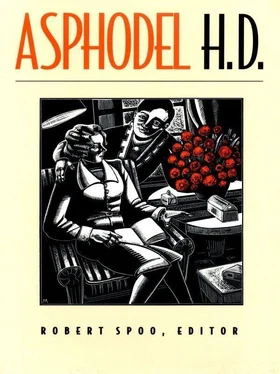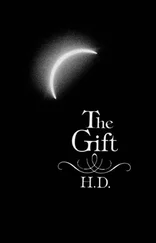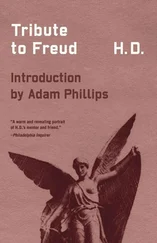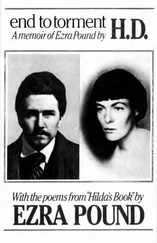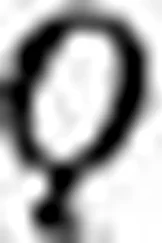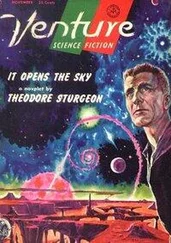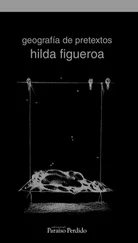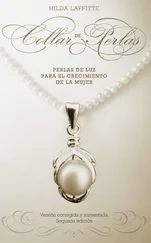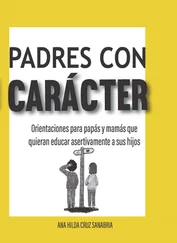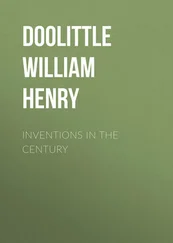Walter Dowel (1.3): Walter Morse Rummel (1887–1953), born in Berlin of German and American parents. His mother was a daughter of Samuel F. B. Morse. A distinguished pianist, he was a champion of Debussy’s piano music and played premieres of the Douze Etudes and some of the Préludes . He also composed his own music and collaborated on projects with Pound, H.D., and Aldington before the first war. H.D. met Rummel, probably through Pound, in America in the summer of 1910. His devotion to mystical thought intrigued her. He married the pianist Thérèse Chaigneau in 1912, divorcing her some years later. From 1918 to 1921 he was involved in a professional and romantic relationship with Isadora Duncan, performing joint recitals with her in various European cities.
Katherine Farr (1.10): probably May Sinclair (1863–1946), prolific British novelist and writer on philosophy, feminism, and other subjects. Pound, who had met Sinclair after his arrival in London in 1908, introduced H.D. to her in 1911. Sinclair became a strong public supporter of her poetry and in 1927 published an intelligent appreciation, “The Poems of ‘H.D.’ ” (reprinted in The Gender of Modernism: A Critical Anthology , ed. Bonnie Kime Scott [Bloomington: Indiana University Press, 1990], 453–67).
The Farrands (1.2): probably the Ashursts who, according to H.D. in The Gift (New Directions, 1982), owned “the best house” in the area of the Doolittle home in Upper Darby—“about two miles away or nearer, if you went across the fields” (103). In a note in the typescript of Her , H.D. described the Ashursts as “ ‘business people’—litt. [ sic ] type.”
Clifton Fennel (1.1): possibly Joseph Pennell (1857–1926), born in Pennsylvania, American illustrator who settled in London and became noted for landscape and architectural views. Influenced by Whistler, Pennell wrote a biography of him (1908).
Bertrand Gart (1.2): Eric Doolittle (1870–1920), H.D.’s beloved half brother. He assisted his father at the Flower Observatory and later succeeded him as professor of astronomy at the University of Pennsylvania.
Carl Gart (1.2): Charles Leander Doolittle (1843–1919), H.D.’s father, born in Indiana. He became professor of astronomy and mathematics at Lehigh University in 1875 and later took a similar position at the University of Pennsylvania, where from 1896 he directed the Flower Observatory.
Eugenia Gart (1.2): Helen Eugenia Wolle Doolittle (1853–1927), H.D.’s mother, born into a Moravian family in Bethlehem, Pennsylvania. She married the widower Charles Doolittle in 1882 and bore him several children. H.D. later recalled her mother’s gift for music and painting. In the 1920s she lived for extended periods with H.D. and Bryher in Europe and travelled with them, becoming a third mother to H.D.’s daughter Perdita.
Hermione Gart (1.1): Hilda Doolittle (H.D.) (1886–1961), born in Bethlehem, Pennsylvania, moved with her family to Upper Darby outside Philadelphia in 1895. She attended Moravian schools in Bethlehem and later the Friends’ Central School in Philadelphia. In 1905 she enrolled in Bryn Mawr College but withdrew the following year for personal and academic reasons. After her engagement to Ezra Pound was broken off, and he had left for Europe, H.D. met and fell in love with Frances Gregg and went to Europe with her and her mother in 1911. Except for short visits to America, she remained in Europe for the rest of her life. In 1913 she married Richard Aldington. A child by him was stillborn in 1915; a second child, by Cecil Gray, was born in 1919. She spent the months of the latter pregnancy first in Cornwall, then in a cottage in Buckinghamshire, and finally in a nursing home in London, where Bryher helped her morally and financially through an illness that threatened her life and the baby’s. H.D.’s first “imagist” poems were published in 1913, and she soon became noted for short, intense lyrics of Hellenic quality. Between 1913 and 1919 her publications consisted chiefly of poems and translations of Greek choruses. She was assistant editor of The Egoist in 1916–1917, and helped Amy Lowell with the 1915, 1916, and 1917 volumes of Some Imagist Poets .
Isaac Lechstein (2.6): probably Jacob Epstein (1880–1959), British sculptor influenced by vorticism and African art and noted for his portrait sculptures. His prewar work, such as “The Rock Drill” (1913), was admired by Pound and other modernists. In 1917 Epstein was living with his wife Margaret Dunlop (“Milly Lechstein”) in a house-cum-studio at 23 Guilford Street, a block or so from H.D.’s apartment in Mecklenburgh Square. He was called up for military duty in the same year and served in the Artists’ Rifles. In 1918 Cecil Gray posed for Epstein, but the plaster was later broken up; Gray also posed for the hands of Epstein’s “Risen Christ.” Epstein made three heads of Gray’s friend, the composer Bernard Van Dieren (see Richard Buckle, Jacob Epstein: Sculptor [Cleveland: The World Publishing Company, 1963], pp. 82, 104).
John Llewyn (1.12): John Cowper Powys (1872–1963), English writer and lecturer. He met Frances Gregg in 1912 and fell in love with her but, being married, urged his friend Louis Wilkinson to wed her. Because of the suddenness of the marriage, Wilkinson agreed not to consummate it for a year (see Oliver Marlow Wilkinson, “The Letters of Frances and Jack,” The Powys Review , no. 19 [1986]: 43–57). Powys accompanied the couple on their honeymoon to Europe and, with them, met H.D. in London in April 1912. She agreed to travel with the couple to Brussels, but Pound aggressively intervened and prevented her from going. The name “John Llewyn” may also contain an allusion to the writer Llewelyn Powys (1884–1939), John’s brother.
George Lowndes (1.1): Ezra Pound (1885–1972), born in Hailey, Idaho, moved with his family to Philadelphia in 1889, soon settling in nearby Wyncote. In 1901, while an undergraduate at the University of Pennsylvania, Pound met the fifteen-year-old H.D.; they were engaged, and disengaged, at least twice between 1905 and 1908. In the course of their romance, they shared ideas and literary discoveries, and Pound introduced H.D. to Balzac, Ibsen, Morris, and other authors. In 1908 he left for Europe, published his first book of poems ( A Lume Spento ) in Venice, and in the same year settled in London where he soon acquired a reputation for bohemian flamboyance and American bumptiousness. In September 1912 he helped launch H.D.’s career by editing some of her poems and placing them in Harriet Monroe’s Poetry under the nom de plume “H.D. Imagiste.” Pound met the Englishwoman Dorothy Shakespear in 1909 and by 1912 was unofficially engaged to her (she is the “fiancée” George Lowndes refers to in 1.15). They were married in 1914. Around this time, personal and professional clashes led to a cooling of Pound and H.D.’s friendship, but they later resumed correspondence, and H.D. recorded her abiding affection for him in her memoir End to Torment (New York: New Directions, 1979).
Miss Moore (1.13): probably Louise Skidmore, a friend of H.D.’s from Philadelphia and Port Jefferson, Long Island, who recommended a “rue Jacob pension” when H.D. went to Paris in May 1912 (H.D., “Autobiographical Notes,” entry for 1912 [Beinecke Library]).
Maurice Delacourt Morrison (1.11): Louis Umfreville Wilkinson (1881–1966) formed friendships with the Powys brothers while at Cambridge University. Between 1905 and 1919 he lectured in America, often in Philadelphia, and later was a University Extension lecturer for Oxford and London universities. He wrote several novels and a study of the Powys brothers (1936), some of these works under the pen name Louis Marlow. He married Frances Gregg in 1912, and they had two children. Frances obtained a divorce in 1923.
Читать дальше
